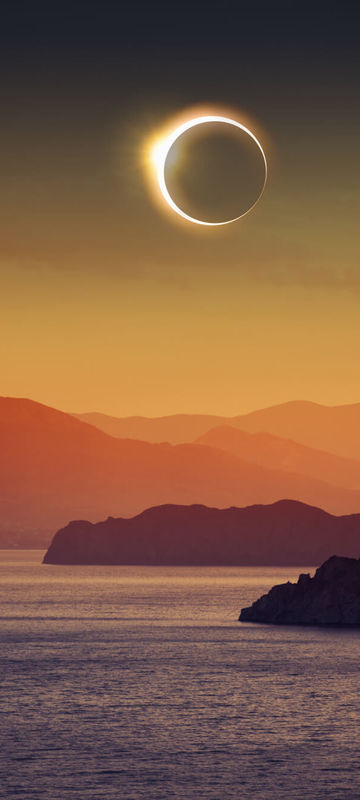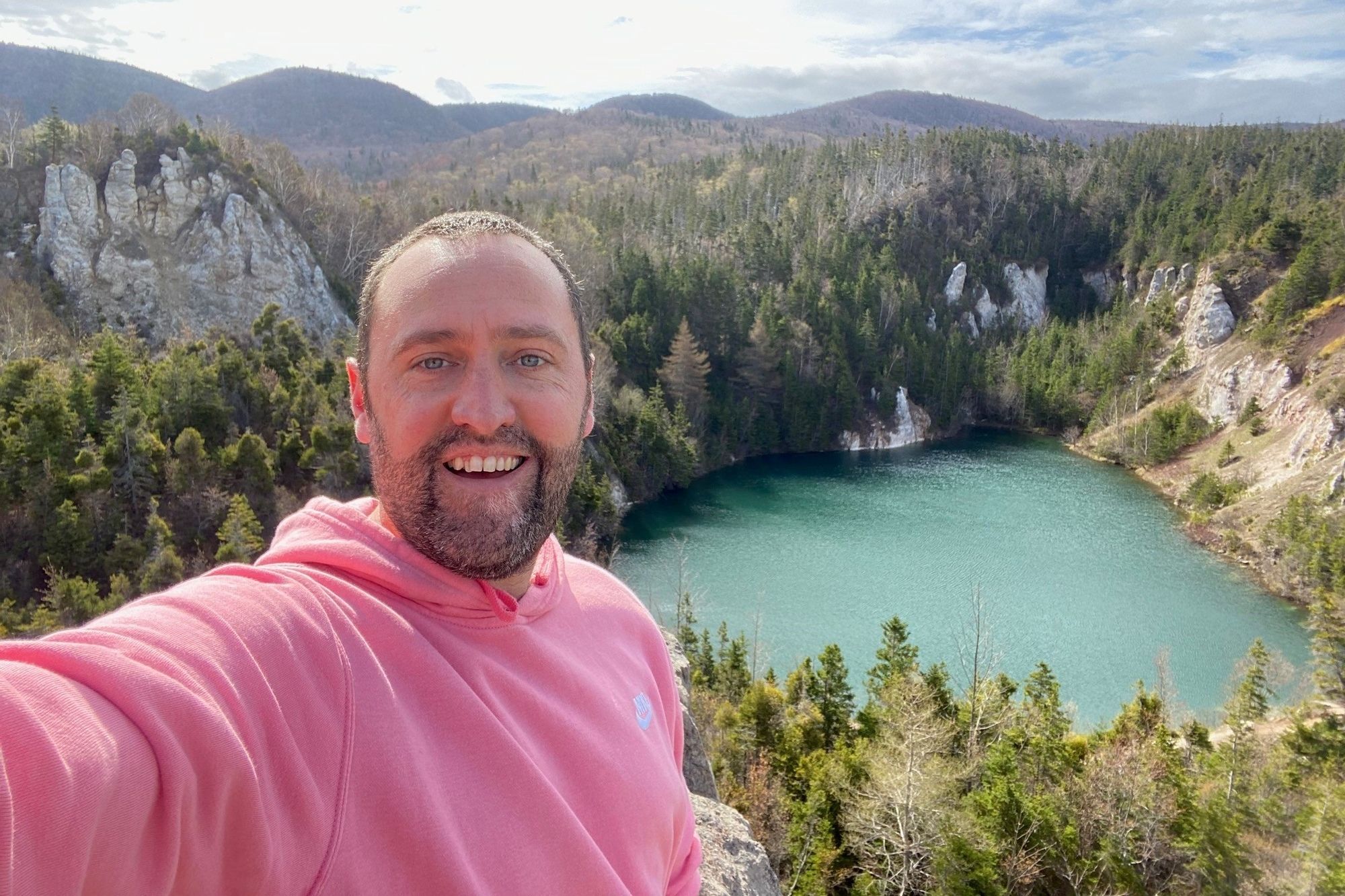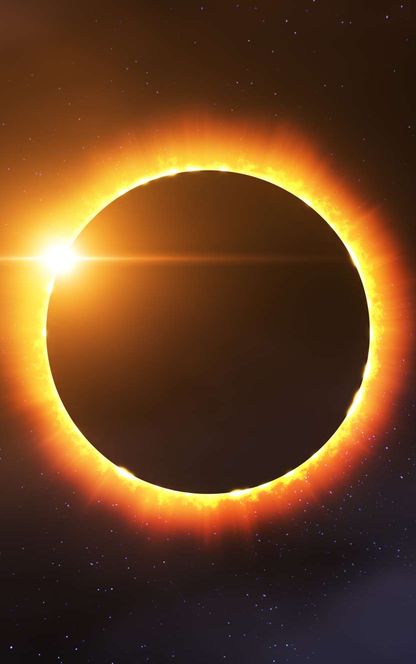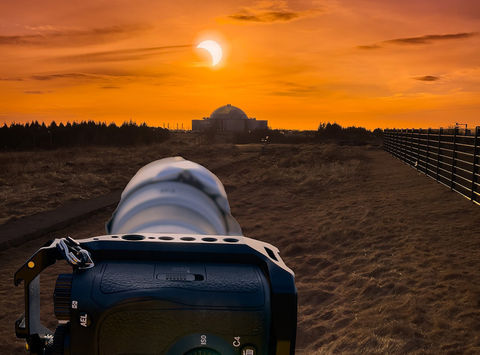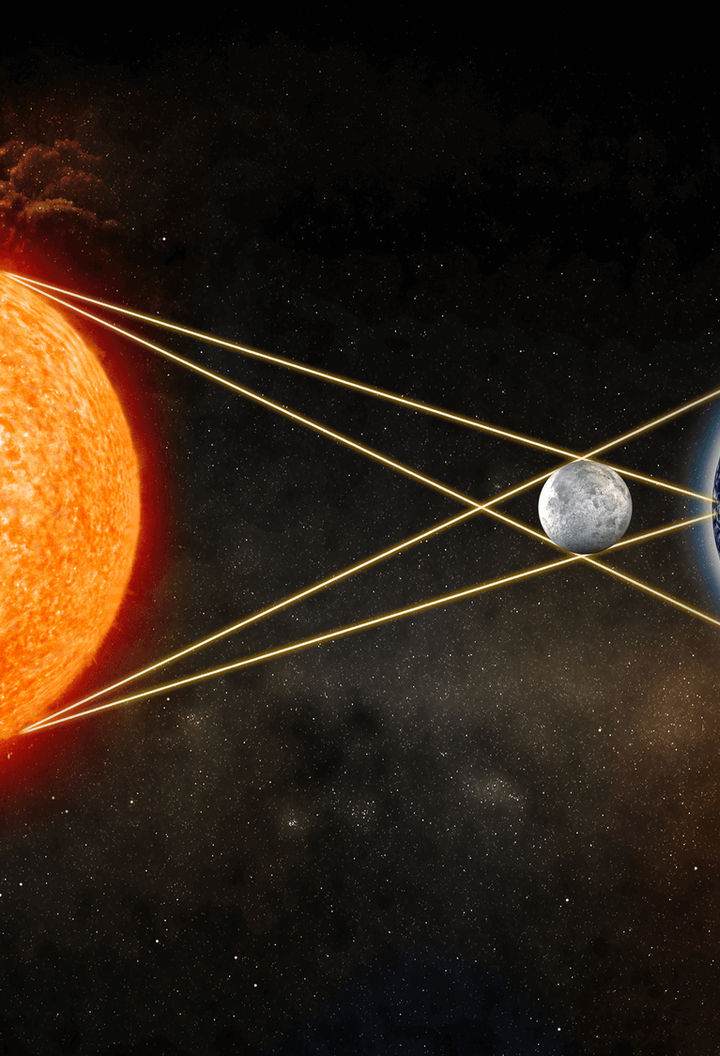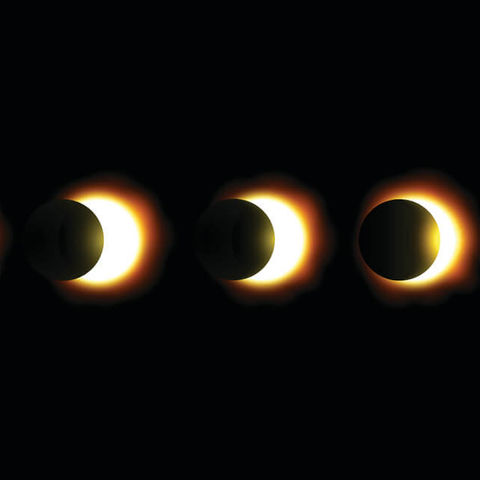Where you can see the total eclipse in 2026
The 12 August 2026 is the date to circle in your calendar. The total eclipse will be visible in East Greenland and the west of Iceland as well as Portugal, Spain and Russia.
One incredible way to witness the event is to join a small-ship expedition voyage to East Greenland on a special departure carefully planned to coincide with the eclipse. Not only will your ship aim to be perfectly positioned to witness totality in all its celestial glory, but you’ll also experience the majestic landscapes and stunning ice-strewn fjords of the world’s largest island. The voyage, which departs from Longyearbyen on the Svalbard archipelago and ends in Akureyri in Iceland will offer chances to explore this spectacular region and encounter wildlife such as musk ox, whales and polar bears.
Alternatively, keep your feet on terra firma and experience the eclipse from Iceland. We’re preparing to unveil a brand-new itinerary dedicated to this extraordinary event. Further details coming soon…
























